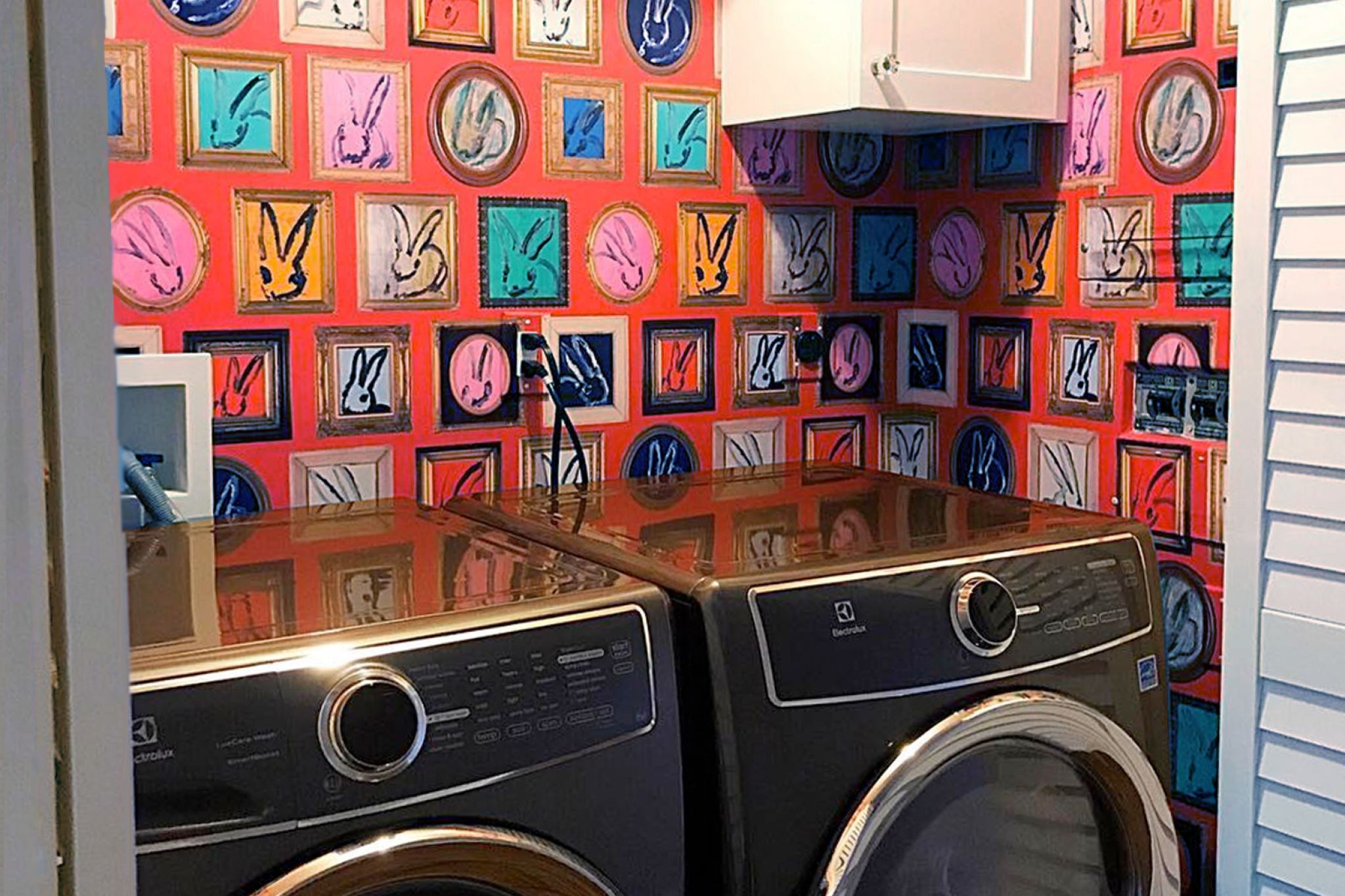Here’s a fun laundry room fact: The average American family washes 300 loads of laundry a year, spending as much as $1.08 per load, for a yearly total of $324.
Most laundry room expenses come from heating water for washing and heating air for drying. But these costs aren't set in stone, and you can save money by following these energy-reducing tips.
Get the Most from Your Washer
Ninety-percent of the cost of running a washer goes to heating water. Here’s how to save money while getting your clothes clean.
1. Use cold water. You can save a bundle by washing your clothes in cold water, which is a perfectly efficient way to clean most clothes. Washing a load in cold water costs only about $0.04, compared to washing in hot/warm water for $0.68.
2. Run full loads. It takes as much electricity to wash a small load as it does a full one, so you’ll save money by washing only full loads.
3. Update your machine. If you don’t already have an Energy Star-certified washer, it’s time to get one. These energy-efficient machines use about 25% less energy and 33% less water than for a standard machine.
4. Buy a front-loading machine. Energy Star-certified front load washers use about 45% less energy and 50% less water than top load agitator washers. Compared to a top load impeller washer, front load washers are still 25% more energy and water efficient.
Related: How to Buy a Washer
Get the Most from Your Dryer
5. Spin faster. The faster you spin clothes in the washer, the less time they’ll need in the dryer. If you have the option, chose a faster spin cycle.
6. Clean lint filters. Remove lint after every load, and clean ducts annually. Your clothes will dry faster, using less energy.
7. Warm it up. If possible, locate your dryer in a warm laundry room rather than a cold basement. The warmer the air coming into the dryer, the less energy your machine will use to heat it up.
8. Go gas. Drying a load of laundry in a gas dryer generally costs less per load than an electric dryer.
9. Keep it full. Dry only full loads and try not to mix fast- and slow-drying clothes -- a practice that wastes energy by continuing to dry clothes that are no longer wet.
10. Let nature help out. When the weather is warm, cut your energy costs by drying clothes outside on a clothesline. If homeowners association regulations don’t allow you to set up a clothesline outside, use a standalone drying rack inside.
Related: How to Help Appliances Last Longer
